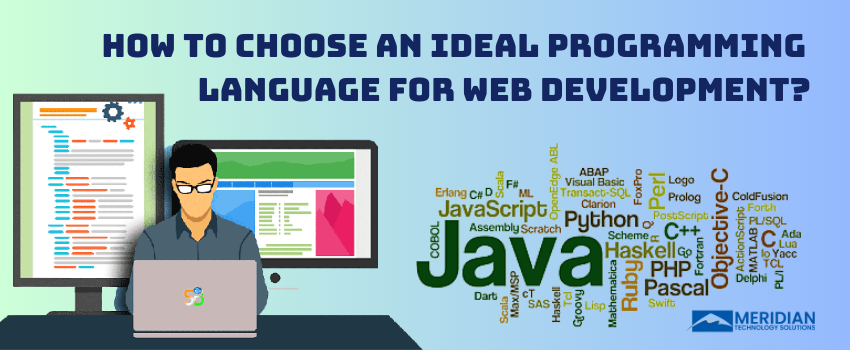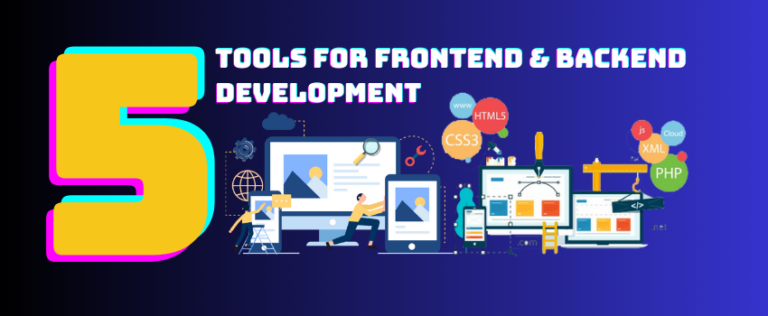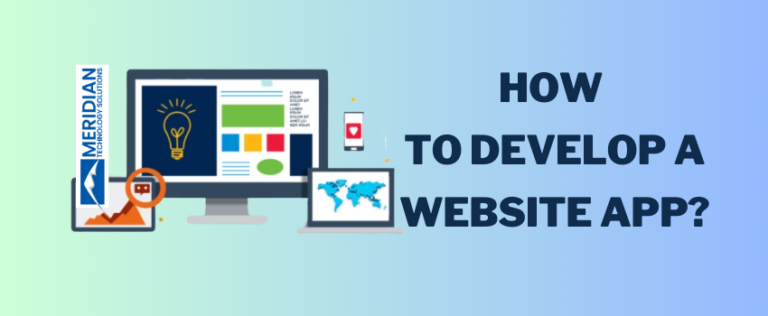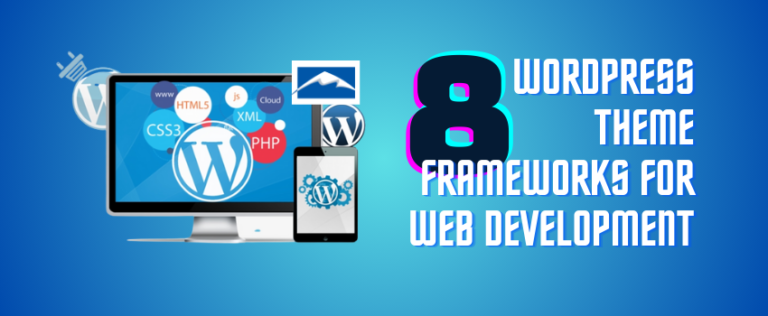How Choose An Ideal Programming Language for Web Development?
There are about 1.8 billion websites approx. worldwide and over 380 new websites are created every minute as per the latest statistical report. To impact on the success and productivity of business, choosing an ideal programming language for web development is a critical decision. With a multitude of programming languages available, each with its strengths and weaknesses, selecting the right one requires careful consideration of various factors.
In this guide, we will explore the key aspects to consider when choosing a programming language for web development.
1) Project Requirements & Goals: Start by understanding the specific requirements and goals of your web project. Consider the type of website or web application you want to build, its complexity, and the features it needs to support. For example, if you are developing a simple static website, you may opt for a lightweight language like HTML and CSS. On the other hand, if you are building a dynamic web application with complex functionality, you might need a more robust language like Python or JavaScript.
2) Client-Side vs. Server-Side: Web development involves both client-side and server-side programming. Client-side languages like HTML, CSS, and JavaScript handle the user interface and interactions directly in the user’s browser. Server-side languages like Python, Ruby, PHP, and Node.js manage the server operations, database interactions, and business logic. Understand the roles of each type of language and determine which one(s) best suit your project needs.
3) Popularity & Community Support: The popularity and community support of a programming language can greatly influence your development experience. Popular languages typically have extensive documentation, active communities, and a wealth of libraries and frameworks that can speed up development and problem-solving. Languages like JavaScript, Python, PHP, and Ruby have large and thriving communities, making them attractive choices for web development.
4) Learning Curve & Familiarity: Consider your team’s existing skills and familiarity with different programming languages. Opting for a language that your team is already proficient in can save time and resources, as they can quickly adapt to new projects. Alternatively, if you are starting from scratch or willing to invest in training, you might choose a language that aligns well with your long-term goals and objectives.
5) Performance & Scalability: For web applications that require high performance and scalability, choosing the right programming language is crucial. Some languages, like C++, Rust, and Go, are known for their speed and efficiency. On the other hand, interpreted languages like Python and Ruby might not be as performant for computationally intensive tasks but are often favored for their ease of use and development speed.
6) Ecosystem & Frameworks: Evaluate the ecosystem surrounding each programming language. Many languages have a rich selection of frameworks and libraries that facilitate development and provide pre-built solutions for common tasks. For example, Python has Django and Flask, JavaScript has React and Angular, and PHP has Laravel and Symfony. These frameworks can significantly speed up development and help maintain code quality.
7) Security & Vulnerabilities: Consider the security aspects of the programming language you choose. Some languages have better built-in security features, while others might require additional measures to ensure secure coding practices. Research the history of security vulnerabilities related to your chosen language and assess the language’s robustness in preventing common security threats.
8) Scalability & Flexibility: Scalability is crucial for web applications that expect significant growth in the future. Choose a language that allows you to scale your application easily as user demand increases. Look for languages with strong support for concurrent programming and asynchronous operations, as they can enhance your application’s responsiveness and performance under heavy loads.
9) Long-Term Viability: Consider the long-term viability of the programming language. Ensure that the language is actively maintained, with regular updates and improvements. Avoid choosing a language that is becoming outdated or losing community support, as this can lead to challenges in maintaining and evolving your web projects over time.
10) Cost & Licensing: Review the licensing terms and costs associated with using the programming language. Some languages and frameworks may have licensing fees or restrictions, which can impact your project’s budget and deployment options. Choose a language with a licensing model that aligns with your project’s requirements and budget constraints.
11) Integration with Existing Systems: If your web project needs to integrate with existing systems, databases, or APIs, consider how well each programming language can accommodate these requirements. Some languages have extensive support for third-party integrations, while others might require more effort to establish connections and data exchange.
12) Community Resources & Documentation: The availability of community resources and comprehensive documentation can be a game-changer for web developers. Robust community support, including forums, online tutorials, and code repositories, can help developers find solutions to challenges and accelerate the learning process.
In conclusion, choosing an ideal programming language for web development requires careful consideration of the project’s requirements, goals, scalability needs and the expertise of your development team. It is essential to strike a balance between developer familiarity, performance, community support, and long-term viability. By thoroughly evaluating these factors and understanding the strengths and weaknesses of each language, you can make an informed decision that sets your web development project up for success.
If you are looking for web development, contact web developers at Meridian Technology Solutions.







